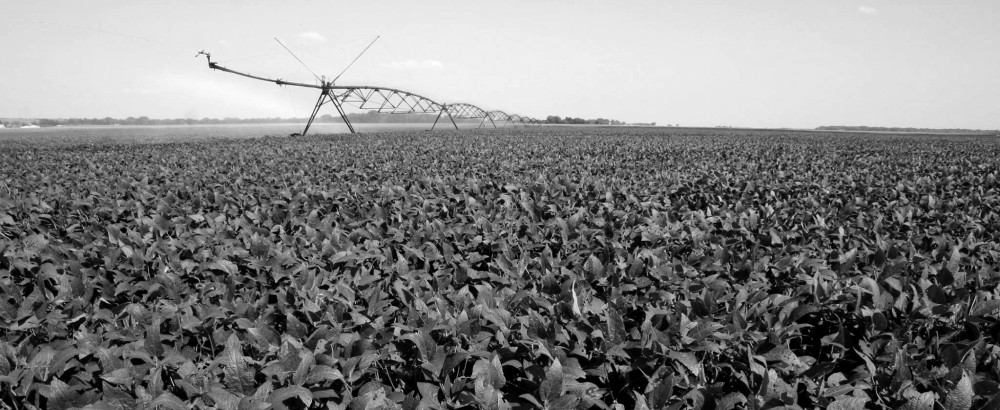Archive

Marvelous Muffin Recipes
By Kansas Living on March 24, 2023
Delicious, tasty muffin recipes for you and your friends. 1. Triple Chocolate Muffins Fresh Coast Eats 2. Cherry Muffins Dinner at the Zoo 3. Orange Muffins Dancing Through the Rain 4....

The Prescription of a Prescribed Burn in Kansas
By Brandi Buzzard on March 17, 2023
Can you smell that? Spring is in the air, both literally and figuratively. On our ranch, we welcome the signs of spring with welcome arms – birds chirping midday, green grass poking through the...

